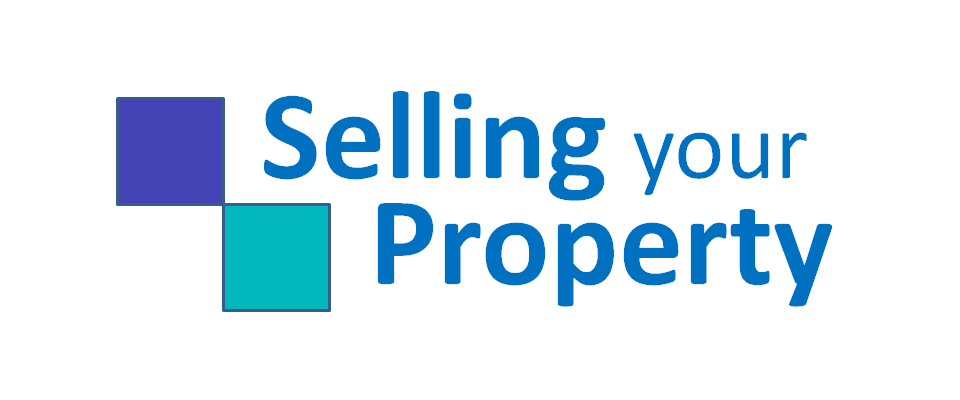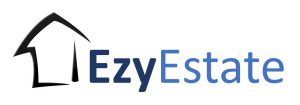What kinds of areas to invest in?
 We previously wrote about the ways you could leverage the equity in your home which include investing in another property. Equity becomes available in your home when in it increases in value, while the value of your mortgage decreases.
We previously wrote about the ways you could leverage the equity in your home which include investing in another property. Equity becomes available in your home when in it increases in value, while the value of your mortgage decreases.
By increasing the value of your mortgage back to the original amount, it creates a pool of cash you can use for a deposit on an investment property.
Look for fast growing investment areas
Property owners in Sydney, where property values in some regions have increased by around 11 percent in the past 12 months — and as much as 15 percent in areas like Roseberry, Glebe and Bondi — can use the equity accumulated in their home to buy and investment property.
Rather than investing in Sydney, which will require additional out-of-pocket funds to cover taxes and levies like stamp duty, investors should choose property in fast growing regions outside of Sydney, where demand for rental property is high.
Newcastle and Wollongong are hot spots
Due to sustained investment in the region and close proximity to Sydney, both Newcastle and Wollongong are property hot spots. Property values in regions of Newcastle are forecast to grow an average of 6 percent in the next 12 months, while in Wollongong property values will grow 13 percent.
There is some speculation, however, as to whether Newcastle will hold its property values. Property valuation and advisory group Herron Todd White recently warned that “rental returns are not quite there at the moment for investors” and that property in the region was currently overvalued. There are also a high number of student and room-by-room rentals available near the hospitals and university, which is limiting returns for some investors.
Find areas producing positive cash flow
Use an online tool like realestate.com.au’s investor tool, which is powered by data from NAB, to find regions of Newcastle, such as Cardiff, which has annual growth of 7.1 percent, rental yields of 4.7 percent and delivers positive cash flow of around $225 per month. Other areas of Lake Macquarie, such as Warners Bay and Valentine, are still experiencing moderate annual growth, but the rental yields are lower, often producing negative cash flow.
In Wollongong, the region’s transition from coal mining and manufacturing into a professional services hub has fuelled property growth. But it, too, is suffering the same problem of overvalued property, where prices can be high while rental yields are low.
In some regions, like Wollongong proper, prices have grown 9.7 percent but yields have remained at a low 3.3 percent, producing negative cash flow of $449 a month. In other areas like Warrawong, Berkley and Unanderra, both property growth and yields are high.
How to work out rental yield
A sure-fire way to tell if a property you’re looking at is overvalued or not is to look at the rental yield. The rental yield is your annual return on investment. It’s determined by dividing the annual rental income (estimated weekly rent multiplied by 52) by the property value, and then multiplying this number by 100.
To determine the net rental yield, you should first subtract the property’s annual expenses from the annual rental income. Typically, you should set aside $5,000 per year in property expenses.
Consider this example of a property that cost $600,000 and has an estimated weekly rental income of $500:
$26,000 (annual rental income)
– $5,000 (annual expenses)
÷ $600,000 (property value)
× 100
= 3.5 percent yield
To determine positive or negative cash flow, subtract the monthly mortgage repayments from the monthly rental income. In the above instance, the average monthly mortgage repayment (assuming a 20 percent deposit) would be $2,025 (if interest rates were 5.05 percent) and the rental income (after expenses) is $1,750. Therefore, the property will produce negative cash flow of $275 per month. As an investment property, it’s overvalued.
Although there’s the option to negative gear a property — claim the interest and annual expenses as tax deductions — you may still wind up out of pocket, as we showed in a previous post on negative gearing.
***
The key to selecting the right investment property is research and understanding the market. To learn more about the property market, continue reading our blog, or download our free ebook about selling property.
Could you invest right now using equity from your family home?

To learn more about the property market, continue reading our blog or download our free ebook about selling property.
Disclaimer: Please note that all information contained in this blog is purely general and should be regarded as advice only. We recommend that you always seek professional advice before making property decisions.
As seen in..
Our educational blogs are designed to help you understand each of the steps involved in selling your property so whether you choose to work with a real estate agent or do it yourself you'll understand the work involved and be more efficient and aware of what you need to do. Our articles have been seen in these major online news and information portals..

Get genuine and objective information about what's important when selling your property - whether through an agent or by yourself.
Built by 123ezy

